Cause of death Gunshots | Name Hymie Weiss | |
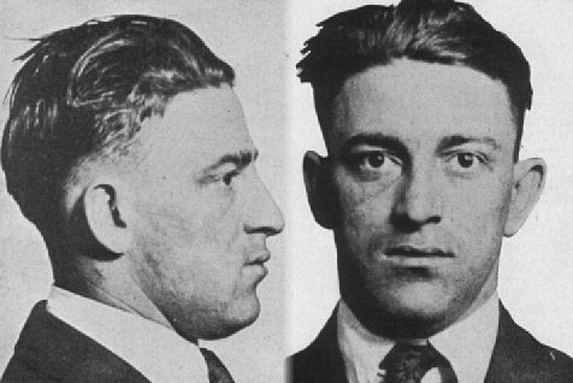 | ||
Full Name Henry Earl J. Wojciechowski Born January 25, 1898 ( 1898-01-25 ) Poland Nationality American (Polish American) Similar People Dean O'Banion, Vincent Drucci, Bugs Moran, Jack McGurn, James Colosimo | ||
Gangsters in granite chicago style mt carmel gangsters vol ix hymie weiss
Henry Earl J. Wojciechowski, also known as Hymie Weiss (January 25, 1898 – October 11, 1926), was an American mob boss who became a leader of the Prohibition-era North Side Gang and a bitter rival of Al Capone. He was known as 'the only man Al Capone feared'.
Contents
- Gangsters in granite chicago style mt carmel gangsters vol ix hymie weiss
- The hymie weiss bullet hole at holy name cathedral
- Early years
- Personality
- Murder
- In popular culture
- References
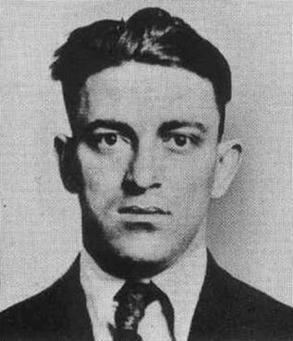
The hymie weiss bullet hole at holy name cathedral
Early years
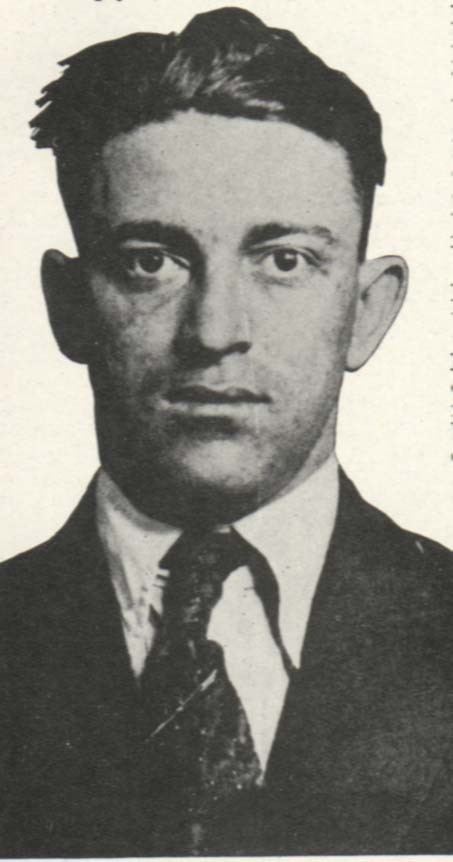
Born Henry Earl J. Wojciechowski in present-day Poland, he grew up on the North Side of Chicago with his Polish-American family. He was nicknamed "Hymie" and "Hymie the Pole", later in his career. He was Catholic, despite the "Jewish-sounding" moniker (he carried a rosary and a bible). As a teenager, Weiss became a petty criminal. After he upset a fragrance shelf during a botched burglary as a youth, police dubbed him 'The Perfume Burglar'. He befriended an Irish-American teen named Dean O'Banion. With Weiss and George "Bugs" Moran, O'Banion established the North Side Gang, a criminal organization that eventually controlled bootlegging and other illicit activities in the northern part of Chicago.
Personality
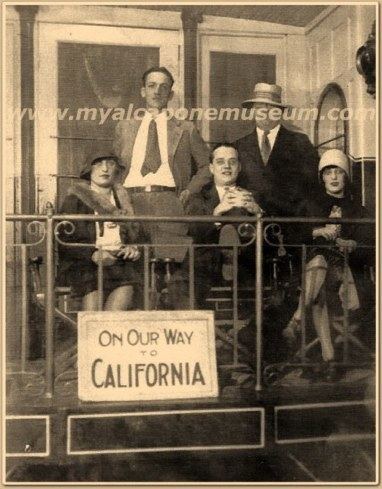
When Wojciechowski's brother Fred was questioned about him in 1926, he replied, "I've seen him once in twenty years...that was when he shot me, six years ago." When photographers tried to snap his picture, Wojciechowski would glare at them and say in a low voice, "You take a picture of me and I'll kill you."
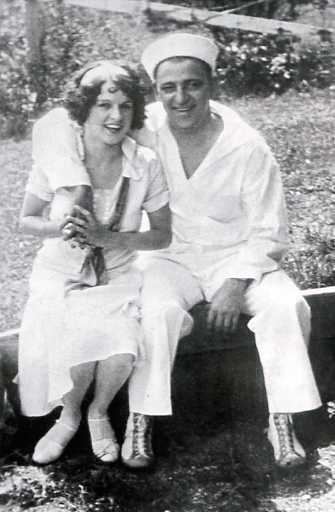
On one occasion, Wojciechowski chased away at gunpoint a deputy U.S. Marshal who came to arrest a friend for violation of the Mann Act at a party he was attending. The marshal returned with reinforcements, arrested the friend, and confiscated a cache of alcohol and weapons. After the raid, Wojciechowski filed a lawsuit to recover silk shirts and socks that he claimed the marshals had stolen; both the government's charges and the lawsuit came to nothing.
Murder
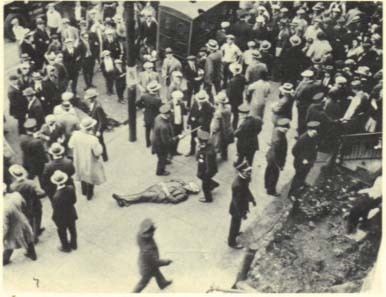
Jury selection for a murder trial of Joe Saltis, with whom Wojciechowski sought an alliance, began on October 11, 1926 and Wojciechowski and four of his men were sighted there. With him that day were his bodyguard Sam Pellar, gangster Paddy Murray, attorney William W. O'Brien, and Benjamin Jacobs (an investigator for O'Brien). At 4:00 o'clock that afternoon, Wojciechowski and his men left for their State Street headquarters, the old Schofield flower shop. The quintet parked their cars on Superior Street and rounded the corner to cross State. As they did, two gunmen hidden in a nearby rooming house opened fire with a submachine gun and shotgun. Wojciechowski and Murray were fatally wounded by this first burst. William O'Brien was hit four times and staggered into a nearby stairwell. At the initial sound of gunfire, a panicked Sam Pellar drew his .38 and instinctively fired a shot in the general direction of shooters (this bullet unintentionally struck Wojciechowski as he collapsed onto the sidewalk). Pellar and Jacobs, both wounded, staggered back the way they had come. Bullets followed them the whole way and some chipped the cornerstone of the Holy Name Cathedral directly across the street.
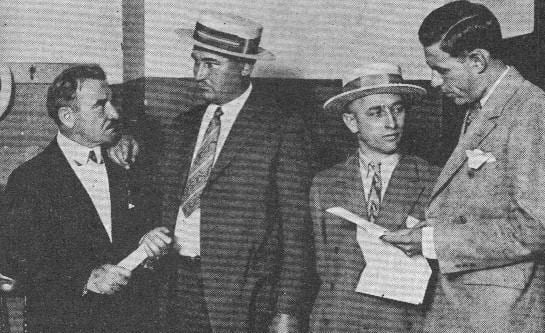
Wojciechowski is buried at Mount Carmel Cemetery in Hillside, Illinois, the same place as Al Capone and Dean O'Banion.
In popular culture
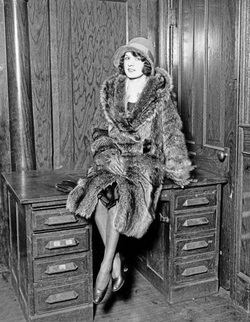
Weiss and other Prohibition-era mobsters served as the basis for many gangster films of the 1930s. James Cagney, for example, based his character on both Weiss and Chicago gangland figure Dean O'Banion in the 1931 film The Public Enemy.
